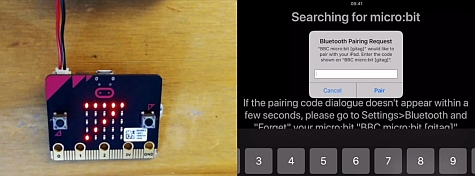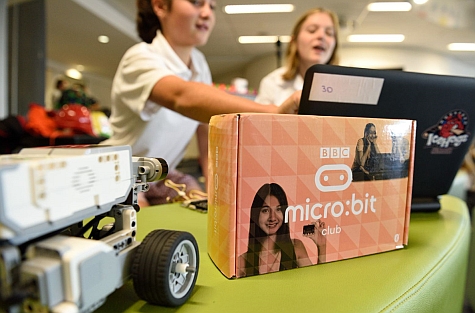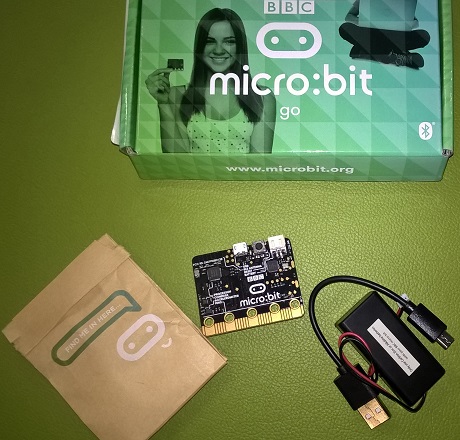What is a BBC Microbit?
The BBC Microbit is an ultra small computer that provides a physical computing platform for students. It comes complete with an array of LED lights, buttons, a compass, motion detector and Blue tooth connectivity. This device enables students' online coding skills to connect with something physical in the real world. You might have heard of the BBC Microbit before as it was the focus of a 1:1 roll-out to students in selected years in schools across the United Kingdom. What this means for NSW classrooms, is a virtual mountain of existing resources to get you started!
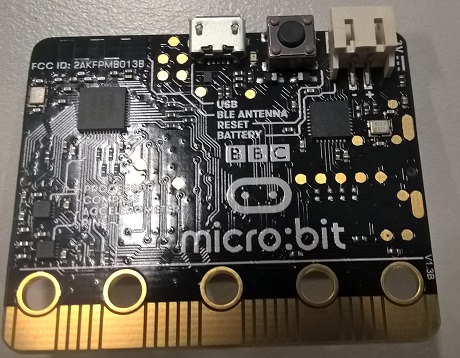
Why would I use the BBC Microbit in my classroom?
The Microbit is an extremely versatile piece of technology and can add a technical and computational element to many subject areas. Computational thinking is especially important as it has been identified as a key future skill and is a highlighted addition to forthcoming syllabuses in Science and Technology and Technology Mandatory. When developing and compiling a program for their Microbit, students will think computationally to ensure their device performs the desired task as expected.
But the biggest draw-card of the Microbit is its simplicity. There are no programs or drivers to install as the coding interface is web based. In addition the graphical coding language is easy for students to navigate and delivers almost instant success.
With the ability to also be programmed with text-based Python, there is the potential to extend the device to students in upper stage 3, as well as stages 4 and 5.
Together, this means you can apply the Microbit from stages 2 to 5, making it a versatile device that totally redefines physical computing on a budget.
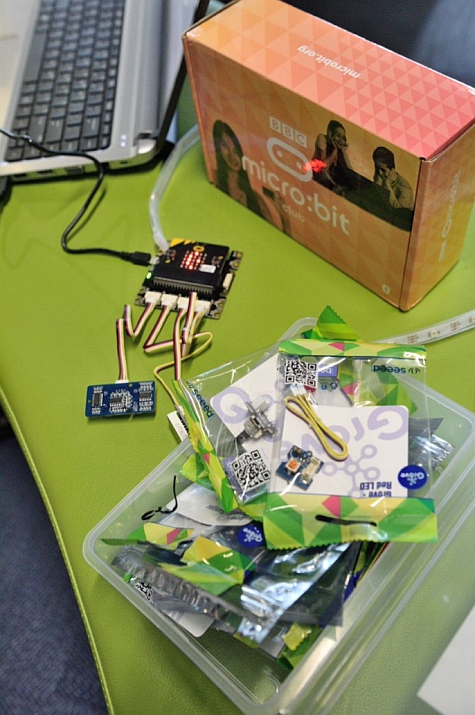
Curriculum Connections
In addition to coding, computational thinking and working with electricity outcomes, the flexible nature of the Microbit means they have application across the curriculum. Create a smart farm in Agriculture or Science, construct a computerised scoreboard in PDHPE, develop customised instruments in Music or even design an LED wearable in Textiles and Design.
There are many resources available to help you get started with the BBC Microbit. The majority of these sites are developed in the United Kingdom but still have application in Australian schools. Here are our top selections:
- Getting Started - Check the videos and resources on this page to motivate yourself and your students and into coding in no time. In addition, make sure you download the quick start and safety guide for ready reference.
- Let's Code - Connect directly with the range of coding interfaces available. To ensure you don't get overwhelmed, we recommended visiting the 'Let's Code' section first and following the introductory tutorials.
- Teaching Resources - These resources are created by teachers, for teachers and there are a range of resources to suit many classrooms and curriculum areas. This is a great place to begin to understand the full potential of the Microbit and to see if it is right for your students and classroom.
